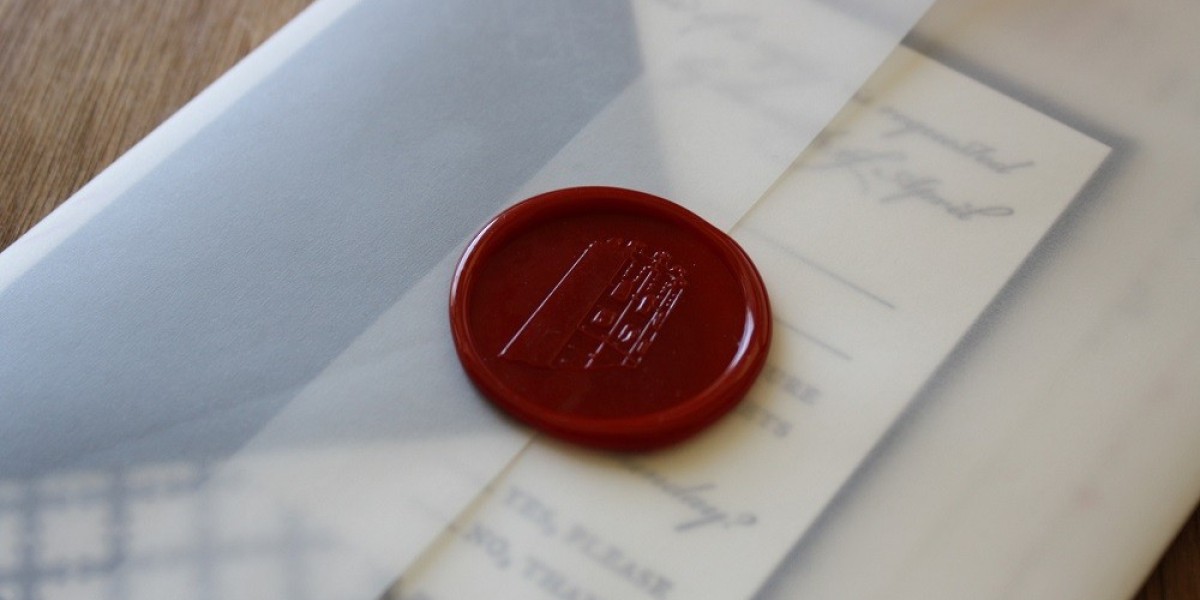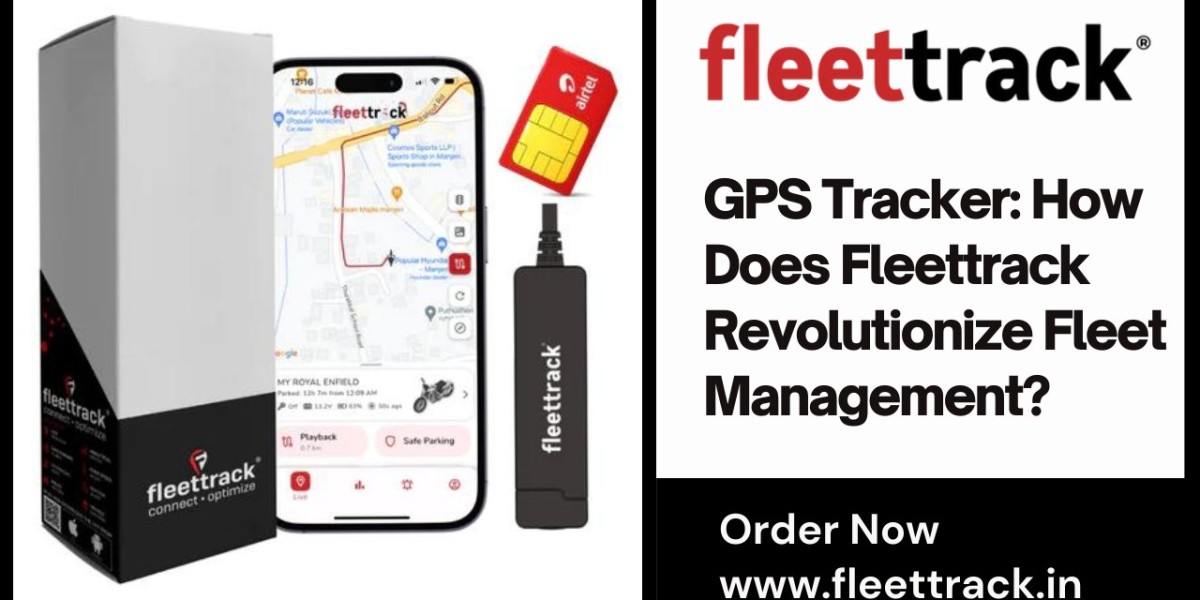In the realm of packaging and document security, seal paper has emerged as a versatile and indispensable tool. With its ability to provide protection, tamper resistance, and aesthetic appeal, seal paper offers a wide range of uses across various industries. In this blog, we'll delve into the uses, benefits, and applications of seal paper, exploring how it enhances security, branding, and presentation.
1. Introduction to Seal Paper
Seal paper, also known as security paper or tamper-evident paper, is a specialized material designed to provide enhanced protection and security for documents, packaging, and other items. It typically features integrated security features such as watermarks, holograms, or embedded fibers, which help to deter counterfeiting and tampering.
2. Document Security and Authentication
One of the primary uses of Seal Paper is in document security and authentication. Government agencies, financial institutions, and legal organizations often utilize seal paper for the printing of important documents such as certificates, contracts, and diplomas. The embedded security features help to verify the authenticity of the documents and deter unauthorized reproduction or alteration.
3. Packaging and Product Protection
Seal paper is also widely used in packaging applications to provide tamper resistance and product protection. By incorporating tear-resistant materials and tamper-evident seals, seal paper helps to safeguard products during transit and storage. Additionally, the branded appearance of seal paper enhances the presentation of packaged goods, reinforcing brand identity and consumer confidence.
4. Branding and Marketing
Seal paper offers a unique opportunity for branding and marketing efforts. Companies can customize seal paper with their logo, colors, and messaging to create a distinctive and memorable packaging experience. This not only enhances brand visibility but also communicates a commitment to quality and security, which can resonate with consumers.
5. Legal and Regulatory Compliance
In industries such as pharmaceuticals, food and beverage, and healthcare, seal paper plays a crucial role in ensuring legal and regulatory compliance. By incorporating tamper-evident features and security measures, companies can demonstrate adherence to industry standards and regulations, such as those outlined by the FDA or ISO.








